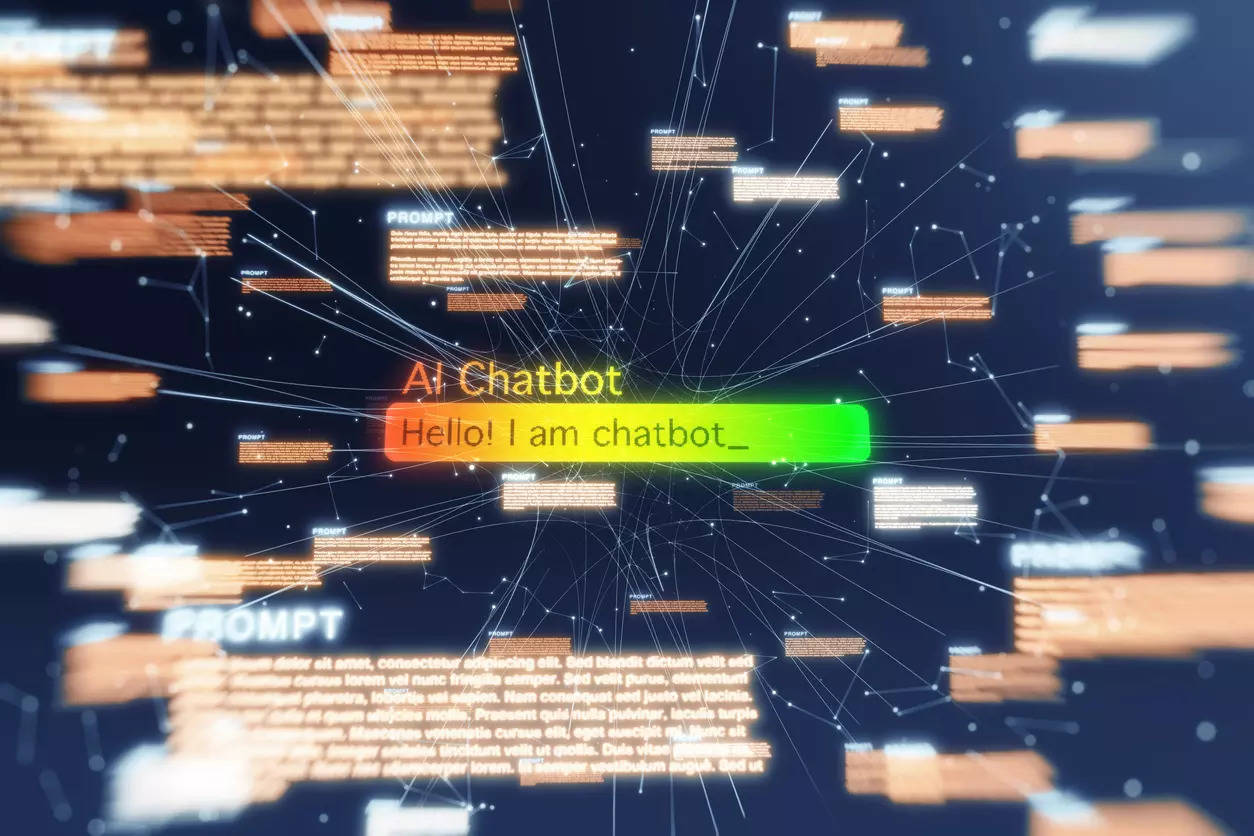GenAI: The Next Big Wave 2024
What is Generative AI?
Generative AI refers to a subset of AI that focuses on creating new data that is similar to existing data. Unlike traditional AI models that are designed to recognize patterns or make decisions, GenAI models generate new content. Popular examples include OpenAI's GPT-4, which can write human-like text, and DALL-E, which can create images from textual descriptions.
Applications of GenAI
- Content Creation: GenAI can be used to generate articles, reports, and even creative writing pieces, saving time and effort for human writers.
- Design and Art: Tools like DALL-E can help designers and artists by generating visuals based on textual inputs, sparking creativity and aiding in the design process.
- Music and Audio: AI models can compose music and generate sound effects, providing new tools for musicians and sound engineers.
- Healthcare: GenAI can assist in creating synthetic medical data for research and training purposes, without compromising patient privacy.
- Entertainment: The gaming and movie industries can leverage GenAI to create more immersive and interactive experiences.
The Challenges of Generative AI
1. Ethical Concerns
One of the primary concerns with GenAI is the ethical implications of its use. The ability to generate highly realistic content can be misused to create deepfakes, spread misinformation, and perpetrate fraud. Ensuring that GenAI is used responsibly is crucial to prevent harm.
2. Quality Control
While GenAI can produce impressive content, it is not infallible. The generated output can sometimes be of poor quality, biased, or incorrect. Ensuring the accuracy and reliability of GenAI-generated content is a significant challenge.
3. Intellectual Property
The use of GenAI raises questions about intellectual property rights. If an AI model generates a piece of artwork or music, who owns the rights to that creation? This issue requires clear legal frameworks and guidelines to prevent disputes.
4. Data Privacy
GenAI models require large amounts of data to train. Ensuring the privacy and security of this data is paramount. There is a risk of sensitive information being inadvertently included in the training data, leading to potential breaches of privacy.
5. Job Displacement
As GenAI becomes more capable, there is a concern about its impact on employment. Jobs in content creation, design, and other fields may be at risk as AI tools become more prevalent. Addressing this challenge requires a focus on reskilling and upskilling the workforce to adapt to new roles.
Are We Ready?
The potential of GenAI is immense, but realizing this potential requires a balanced approach. Here are some steps to ensure we are ready for the challenges:
Regulation and Governance: Establishing clear regulations and ethical guidelines for the use of GenAI is essential. Governments, organizations, and AI researchers must collaborate to create frameworks that ensure responsible use.
Transparency and Accountability: AI developers must be transparent about how their models are trained and the data used. Implementing mechanisms for accountability will help in addressing issues of bias, quality, and misuse.
Education and Awareness: Raising awareness about the capabilities and limitations of GenAI is crucial. Educating the public, businesses, and policymakers will help in making informed decisions about its use.
Investment in Research: Continued investment in AI research is necessary to address the technical challenges of GenAI. This includes improving the quality of generated content, enhancing data privacy, and developing methods to detect and mitigate misuse.
Support for Workforce Transition: Governments and organizations must support workers in transitioning to new roles as GenAI tools become more prevalent. This can be achieved through reskilling programs, job placement services, and other initiatives.
Conclusion
Generative AI represents the next big wave in AI technology, with the potential to transform numerous industries. However, realizing this potential requires addressing significant challenges related to ethics, quality control, intellectual property, data privacy, and job displacement. By taking a proactive and balanced approach, we can harness the power of GenAI while mitigating its risks, ensuring that it benefits society as a whole.
As the wave of GenAI grows, staying informed and prepared will be key to navigating its impact. What are your thoughts on the potential and challenges of GenAI? Share your views in the comments below!

